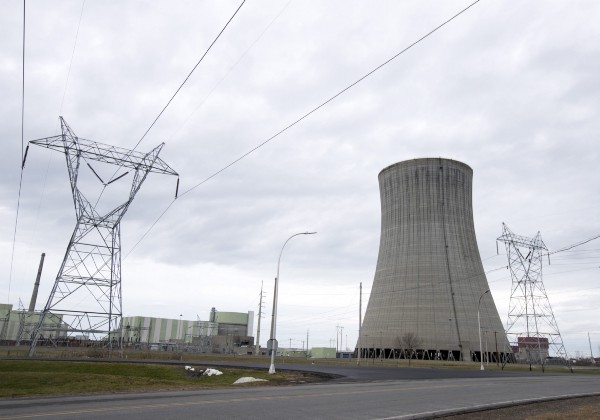U.S. Energy Secretary Rick Perry didn’t mention renewable energy by name. But his request for the Department of Energy (DOE) to investigate how federal subsidies boost one form of energy at the expense of baseload generation was clearly meant as a swipe at wind and solar energy resources.
In an April 14 memo to his chief of staff, a copy of which DOE provided to ThinkProgress, Perry directed the agency to look at the extent to which “continued regulatory burdens, as well as mandates and tax and subsidy policies, are responsible for forcing the premature retirement of baseload power plants.”
Perry previously served as governor of Texas where he led an expansion of renewable energy sources across the state. Texas leads the nation in wind-powered generation capacity with more than 18,500 megawatts, according to the U.S. Energy Information Administration.
However, as a key member of the Trump administration, Perry will no longer be overseeing a national program comparable to Texas’ successful Competitive Renewable Energy Zones initiative that spurred the construction of electric transmission lines to connect with renewable energy facilities. Instead, the former Texas governor has been tasked by President Donald Trump with prioritizing fossil fuels and nuclear energy over renewables.
Perry wrote in the memo, first reported by Bloomberg, that the United States is “blessed as a nation to have an abundance of domestic energy resources, such as coal, natural gas, nuclear, and hydroelectric.” These sources provide a “stable, reliable and resilient grid,” he explained. Nowhere in the memo did Perry list wind, solar, or energy storage as options for grid reliability.

President Barack Obama and other previous administrations implemented regulations that were designed to decrease coal-fired power generation, Perry wrote. “Such policies have destroyed jobs and economic growth, and they threaten to undercut the performance of the grid well into the future,” he contended.
Perry wants his staff to provide him with an implementation plan for preparing the study by Wednesday, with a goal of completing the study within 60 days.
The American Council on Renewable Energy (ACORE) expressed confusion with DOE’s decision to launch a new study based on the premise that renewable energy policies are accelerating the decline of coal and nuclear plants, or somehow undermining grid resilience. Numerous studies have demonstrated otherwise, including a 2016 long-term reliability assessment from the North American Electric Reliability Corporation, ACORE noted.
“The reality today is that renewable power offers the only realistic economic alternative to natural gas,” ACORE President and CEO Gregory Wetstone said in an emailed statement. “Together, renewables like wind and solar have combined with natural gas to produce virtually all of the nation’s major new electrical capacity since 2014. The fact is that low natural gas prices have made coal and nuclear less competitive economically.”
In Texas, Perry saw how well the grid can work with high levels of renewable energy generation, Wetstone added.
In the memo, Perry also called for DOE to examine whether wholesale energy and capacity markets are adequately compensating attributes such as on-site fuel supply and other factors that could strengthen grid resilience and the extent to which continued “regulatory burdens,” as well as mandates and tax and subsidy policies, are responsible for forcing the premature retirement of baseload power plants.
The integration of a diversity of generating resources into the nation’s electric grid has been a hot topic at the Federal Energy Regulatory Commission, as well as at regional transmission organizations. Former Energy Secretary Ernest Moniz made electric grid resiliency a top priority during Obama’s second term in office, capping off his tenure at DOE with the January release of a comprehensive look at the nation’s electric grid.

